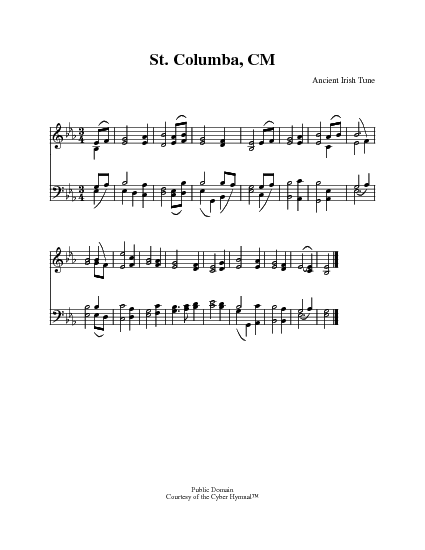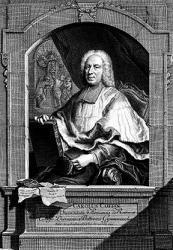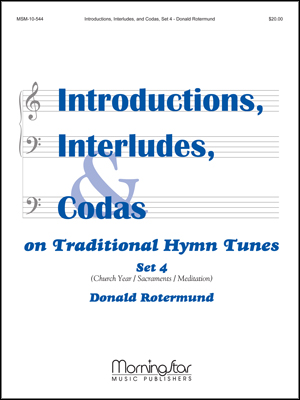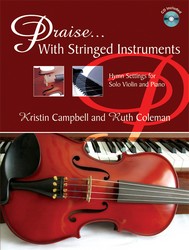- |
User Links
As Now the Sun's Declining Rays

As now the sun's declining rays
Author: Charles Coffin (1736); Translator: John Chandler (1837)Published in 58 hymnals
Printable scores: PDF, MusicXMLAudio files: MIDI
Representative Text
1 As now the sun's declining rays
at eventide descend,
so life's brief day is sinking down
to its appointed end.
2 Lord, on the cross thine arms were stretched
to draw thy people nigh:
O grant us then that cross to love,
and in those arms to die.
3 All glory to the Father be,
all glory to the Son,
all glory, Holy Ghost, to thee,
while endless ages run.
Source: Ancient and Modern: hymns and songs for refreshing worship #11
Author: Charles Coffin
 Coffin, Charles, born at Buzaney (Ardennes) in 1676, died 1749, was principal of the college at Beauvais, 1712 (succeeding the historian Rollin), and rector of the University of Paris, 1718. He published in 1727 some, of his Latin poems, for which he was already noted, and in 1736 the bulk of his hymns appeared in the Paris Breviary of that year. In the same year he published them as Hymni Sacri Auctore Carolo Coffin, and in 1755 a complete ed. of his Works was issued in 2 vols. To his Hymni Sacri is prefixed an interesting preface. The whole plan of his hymns, and of the Paris Breviary which he so largely influenced, comes out in his words.
"In his porro scribendis Hymnis non tam poetico indulgendunv spiritui, quam nitoro et pietate co… Go to person page >
Coffin, Charles, born at Buzaney (Ardennes) in 1676, died 1749, was principal of the college at Beauvais, 1712 (succeeding the historian Rollin), and rector of the University of Paris, 1718. He published in 1727 some, of his Latin poems, for which he was already noted, and in 1736 the bulk of his hymns appeared in the Paris Breviary of that year. In the same year he published them as Hymni Sacri Auctore Carolo Coffin, and in 1755 a complete ed. of his Works was issued in 2 vols. To his Hymni Sacri is prefixed an interesting preface. The whole plan of his hymns, and of the Paris Breviary which he so largely influenced, comes out in his words.
"In his porro scribendis Hymnis non tam poetico indulgendunv spiritui, quam nitoro et pietate co… Go to person page >Translator: John Chandler
John Chandler, one of the most successful translators of hymns, was born at Witley in Surrey, June 16, 1806. He was educated at Corpus Christi College, Oxford, B.A. 1827, M.A. 1830. Ordained deacon in 1831 and priest in 1832, he succeeded his father as the patron and vicar of Whitley, in 1837. His first volume, entitled The Hymns of the Primitive Church, now first Collected, Translated and Arranged, 1837, contained 100 hymns, for the most part ancient, with a few additions from the Paris Breviary of 1736. Four years later, he republished this volume under the title of hymns of the Church, mostly primitive, collected, translated and arranged for public use, 1841. Other publications include a Life of William of Wykeham, 1842, and Horae s… Go to person page >Text Information
| First Line: | As now the sun's declining rays |
| Title: | As Now the Sun's Declining Rays |
| Latin Title: | Labente jam solis rota |
| Translator: | John Chandler (1837) |
| Author: | Charles Coffin (1736) |
| Meter: | 8.6.8.6 |
| Language: | English |
| Copyright: | Public Domain |
Notes
Labente jam solis rota. C. Coffin. [Afternoon, Sunday.] Appeared in his Hymni Sacri, 1736, p. 93, as "Prono volutus impetu," and again in the Paris Breviary the same year, as "Labente jam solis rota." It is also in J. Chandler's Hymns of the Primitive Church, 1837, No. 8, and in Card. Newman's Hymni Ecclesiae, 1838 and 1865. Translated as:—
1. Now the day's declining wheel. By I. Williams, in the British Magazine, Jan. 1834; and again in his Hymns translated from the Parisian Breviary, 1839, p. 9, in 14 irregular lines. Rearranged as a hymn in 3 stanzas of 4 lines, in 4 of L.M., it was given in the English Hymnal, 1852, No. 10, and repeated in 1856 and 1861.
2. As now the sun's declining rays. By J. Chandler, in his Hymns of the Primitive Church, 1837, p. 7. It was soon incorporated in several hymnbooks as an afternoon hymn, and gradually grew in favour until few modern hymnbooks of the first rank are found without it. Usually the text is given without alteration as in the People's Hymnal, 1867. The text of Hymns Ancient & Modern, 1861 and 1875, is Chandler altered by the Compilers, the changes being in stanza i. and the doxology. This text is repeated in Thring's Collection, 1882, and others. In Kennedy, 1863, Chandler's translation is revised by the Editor.
--Excerpts from John Julian, Dictionary of Hymnology (1907)
Tune
ST. PETER (Reinagle)Composed by Alexander R. Reinagle (b. Brighton, Sussex, England, 1799; d. Kidlington, Oxfordshire, England, 1877), ST. PETER was published as a setting for Psalm 118 in Reinagle's Psalm Tunes for the Voice and Pianoforte (c. 1836). The tune first appeared with Newton's text in Hymns Ancient and Mode…
HOLY TRINITY (Barnby)
ST. COLUMBA (Irish)


 My Starred Hymns
My Starred Hymns








